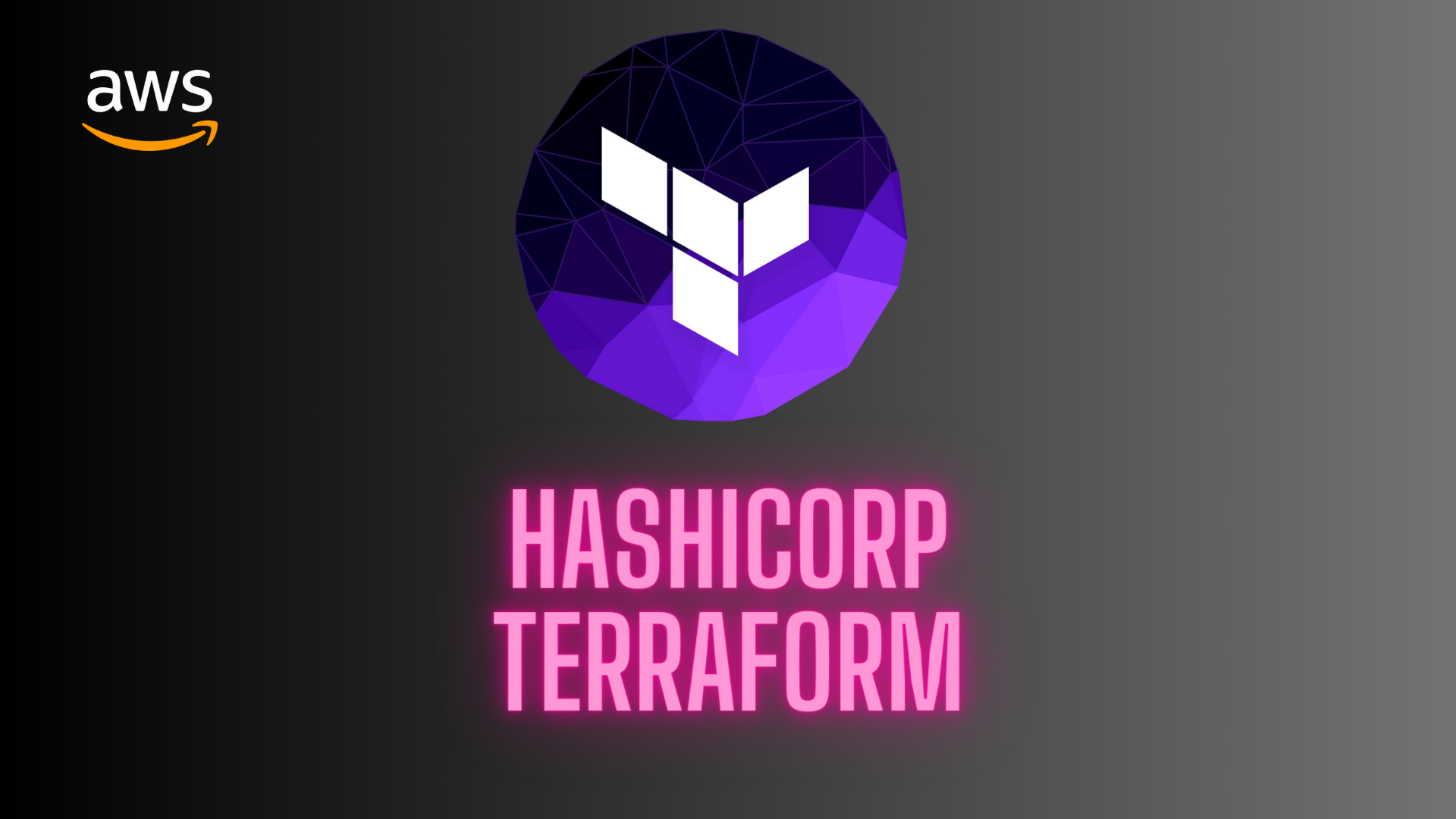Getting Started with Terraform: A Beginner’s Guide to AWS Infrastructure as Code


What Is Terraform?
Terraform is an infrastructure provisioning tool developed by HashiCorp. It follows the Infrastructure as Code (IaC) approach, allowing you to define, manage, and version infrastructure using configuration files.
Terraform:
Manages infrastructure using code
Maintains infrastructure state
Supports multiple cloud providers
Terraform AWS Provider
Terraform supports multiple providers such as AWS, Azure, Google Cloud, and Kubernetes. In this guide, we’ll use the AWS provider.
Configure AWS Credentials
Generate AWS access keys and export them in your terminal.
export AWS_ACCESS_KEY_ID=<your-aws-access-key>
export AWS_SECRET_ACCESS_KEY=<your-aws-secret-key>routeros💡 On Windows, use Git Bash or PowerShell.
Terraform Basics
Provider
Providers allow Terraform to interact with cloud platforms.
provider "aws" {
region = "us-east-1"
}
nginxResources
Resources are the core building blocks of Terraform.
resource "aws_instance" "server" {
ami = "ami-0c55b159cbfafe1f0"
instance_type = "t2.micro"
}abnfHere:
aws_instance → Resource type
server → Logical name
Variables
Variables help parameterize Terraform configurations.
variable "instance_type" {
description = "EC2 instance type"
default = "t2.micro"
}gamsUsage:
instance_type = var.instance_type
Outputs
Outputs expose important values.
output "instance_ip" {
value = aws_instance.server.public_ip
}nginxTerraform Lifecycle
Terraform follows a predictable lifecycle:
Initialize
terraform initcsharpPlan
terraform planebnfApply
terraform applycoqDestroy
terraform destroyebnfThese stages ensure safe, predictable infrastructure changes.
Provisioning an EC2 Instance Using Terraform (Modular Approach)
Instead of placing everything in a single file, we’ll follow a modular Terraform structure, which is a best practice for real-world projects.
Recommended Project Structure
terraform-ec2/
├── main.tf
├── variables.tf
├── outputs.tf
├── provider.tf
├── terraform.tfvars
├── modules/
│ └── ec2/
│ ├── main.tf
│ ├── variables.tf
│ └── outputs.tfstylusRoot Module Configuration
provider.tf
provider "aws" {
region = "us-east-1"
}nginxmain.tf
module "ec2" {
source = "./modules/ec2"
instance_type = "t2.micro"
key_name = "tf-webserver"
ingress_ports = [80, 443, 22, 3000]
egress_ports = [80, 443]
}nginxvariables.tf
variable "region" {
default = "us-east-1"
}ceylonoutputs.tf
output "ec2_public_ip" {
value = module.ec2.public_ip
}luaEC2 Module Configuration
modules/ec2/variables.tf
variable "instance_type" {}
variable "key_name" {}
variable "ingress_ports" {
type = list(number)
}
variable "egress_ports" {
type = list(number)
}gamsmodules/ec2/main.tf
resource "aws_security_group" "sg" {
name = "allow-web-traffic"
dynamic "ingress" {
for_each = var.ingress_ports
content {
from_port = ingress.value
to_port = ingress.value
protocol = "tcp"
cidr_blocks = ["0.0.0.0/0"]
}
}
dynamic "egress" {
for_each = var.egress_ports
content {
from_port = egress.value
to_port = egress.value
protocol = "tcp"
cidr_blocks = ["0.0.0.0/0"]
}
}
}
resource "aws_instance" "webserver" {
ami = "ami-053b0d53c279acc90"
instance_type = var.instance_type
key_name = var.key_name
security_groups = [aws_security_group.sg.name]
tags = {
Name = "flask-app"
}
}abnfmodules/ec2/outputs.tf
output "public_ip" {
value = aws_instance.webserver.public_ip
}nginxDeploy the Infrastructure
terraform init
terraform plan
terraform apply --auto-approvecoqDestroy the Infrastructure
terraform destroyebnfConclusion
In this guide, you learned:
What Terraform is and why it’s important
Core Terraform concepts
Terraform lifecycle
How to provision an EC2 instance
How to structure Terraform using modules (best practice)
In upcoming blogs, we’ll cover Terraform state files, remote backends, and best practices.
Until then—happy learning ✌️